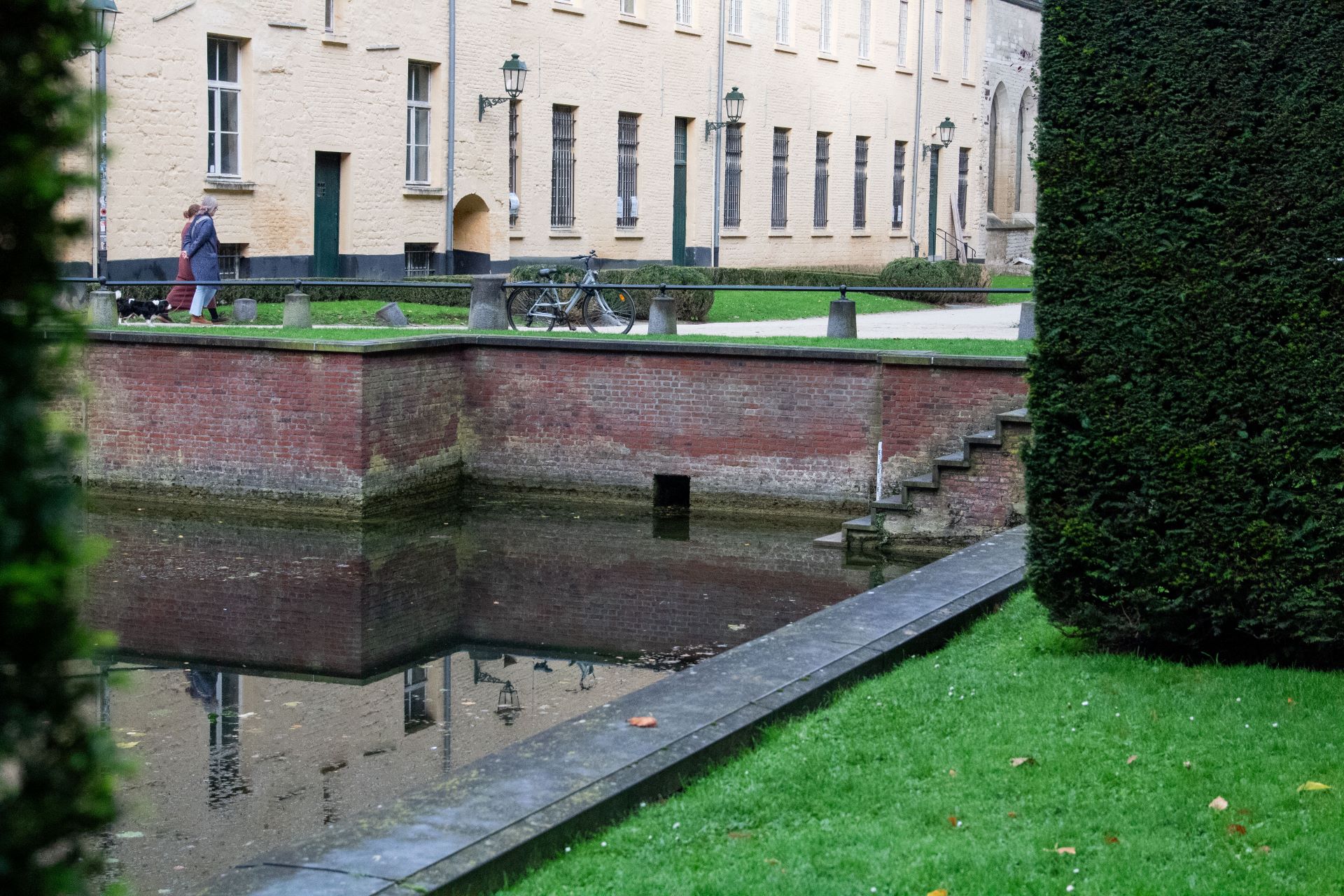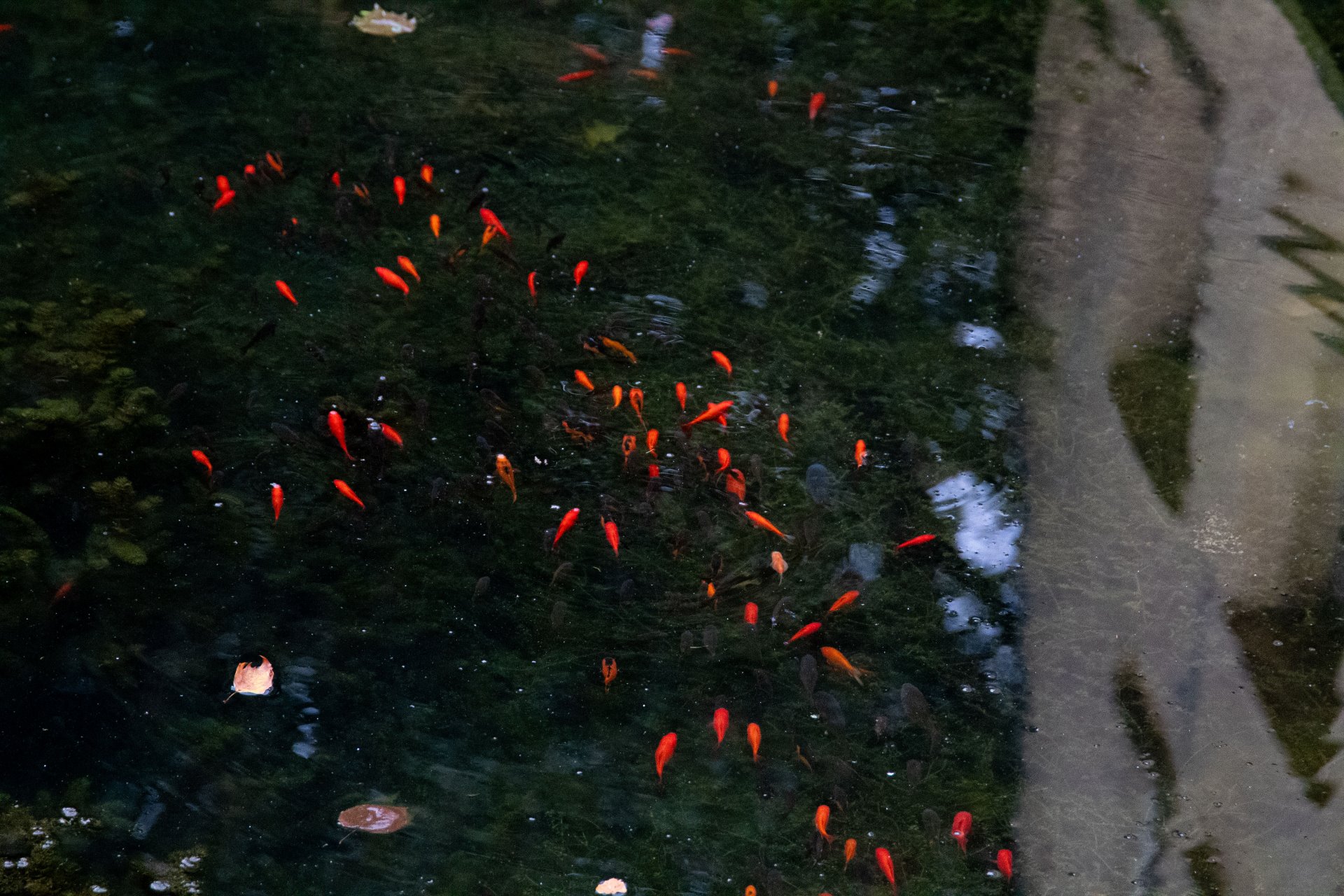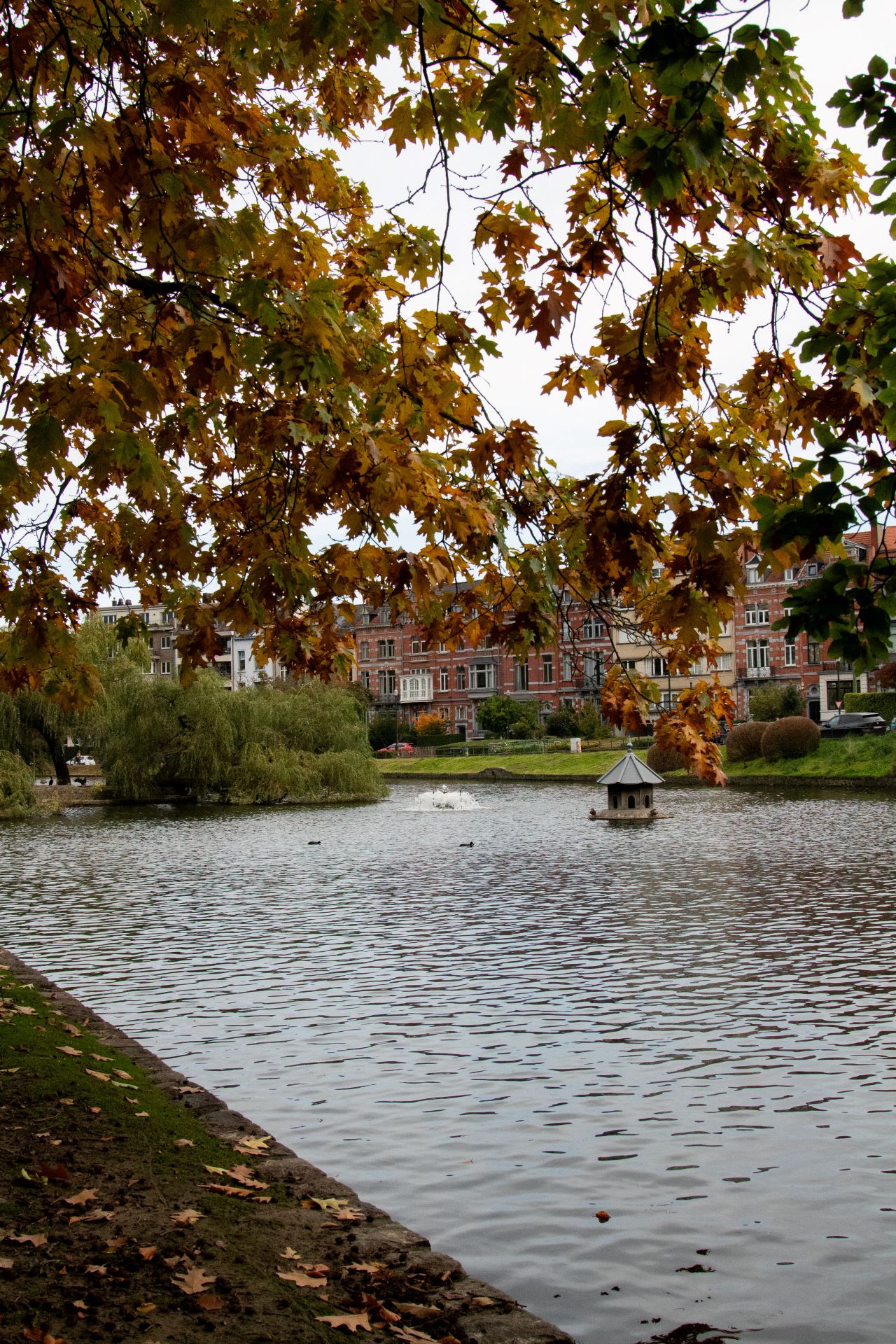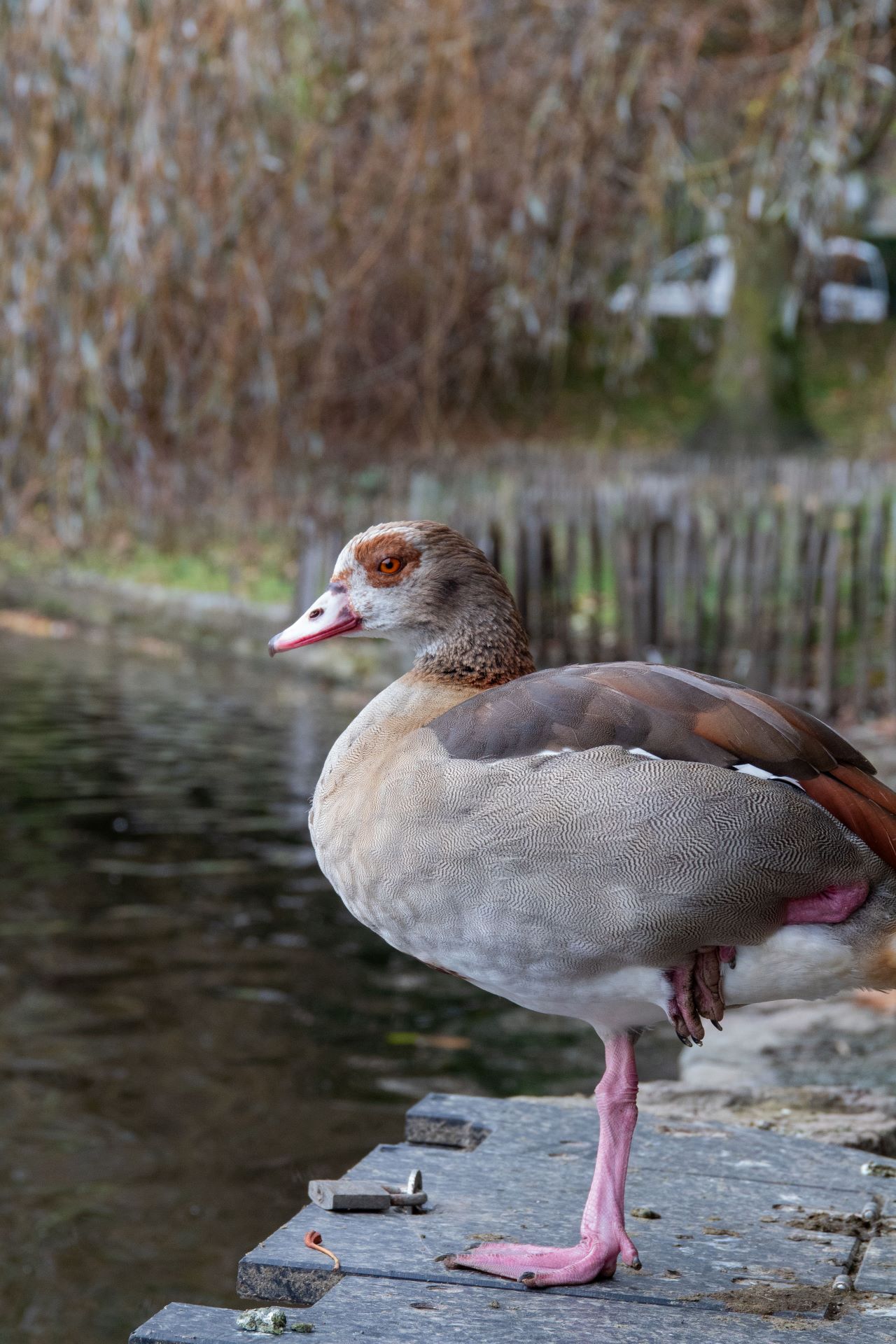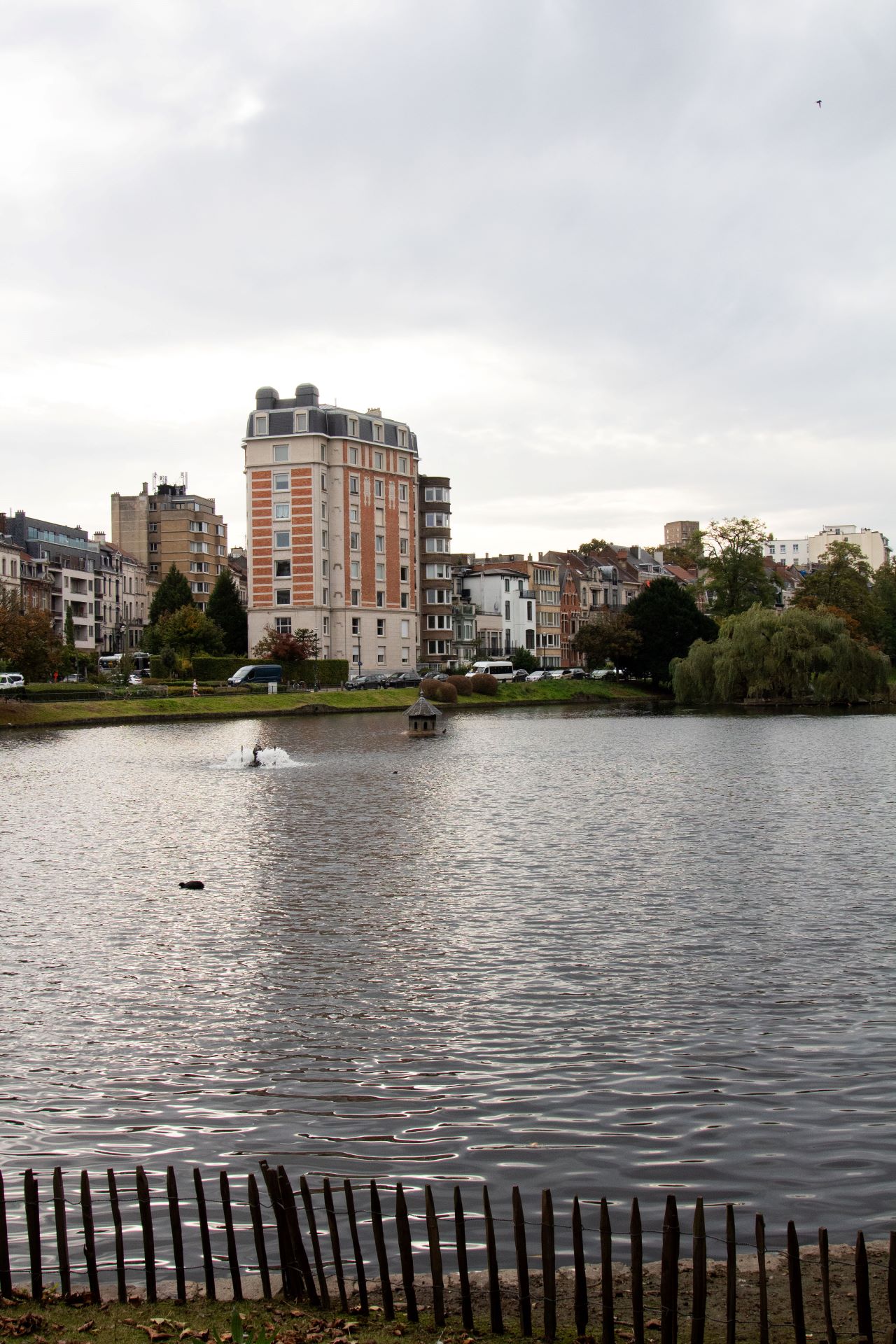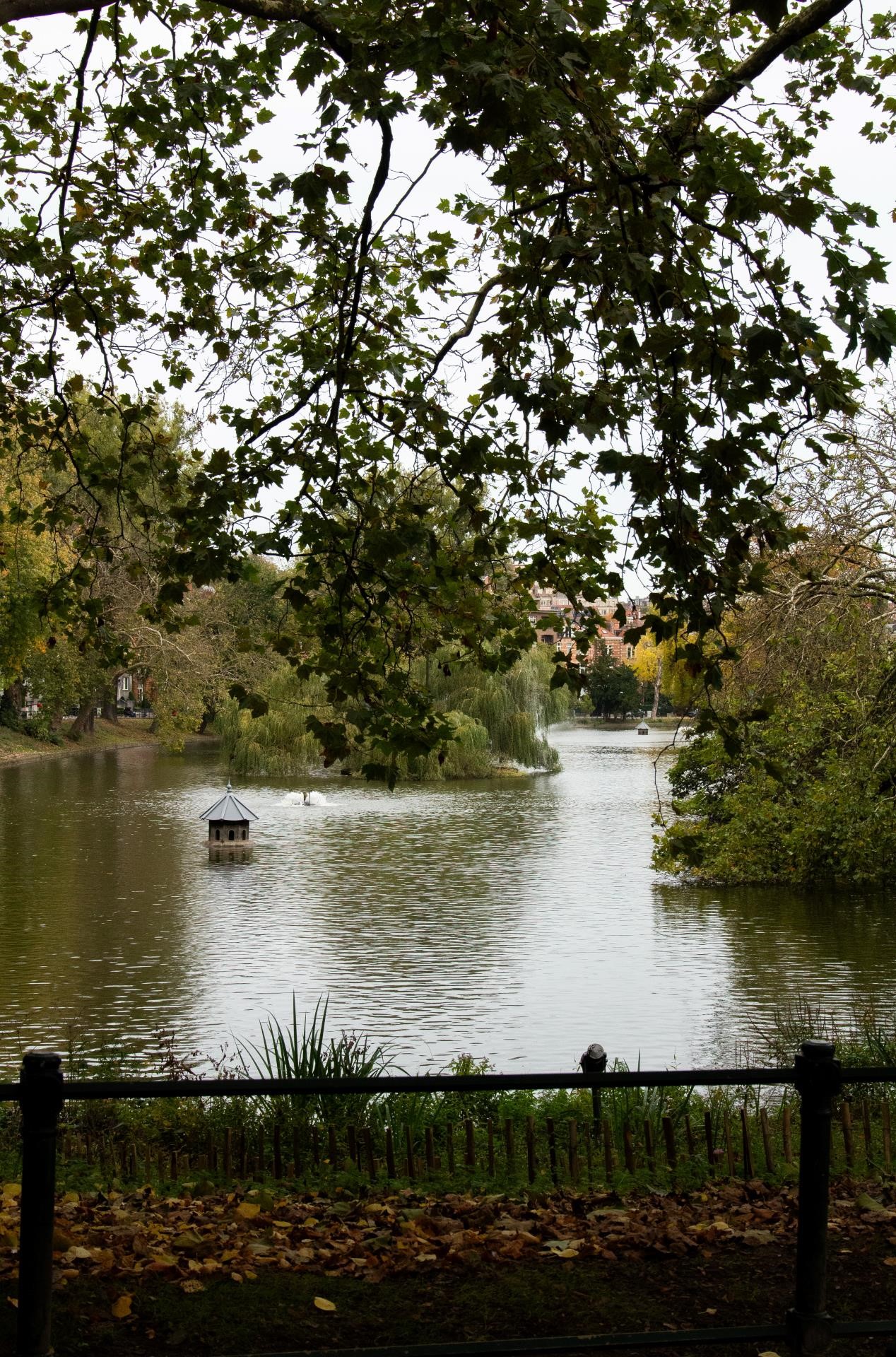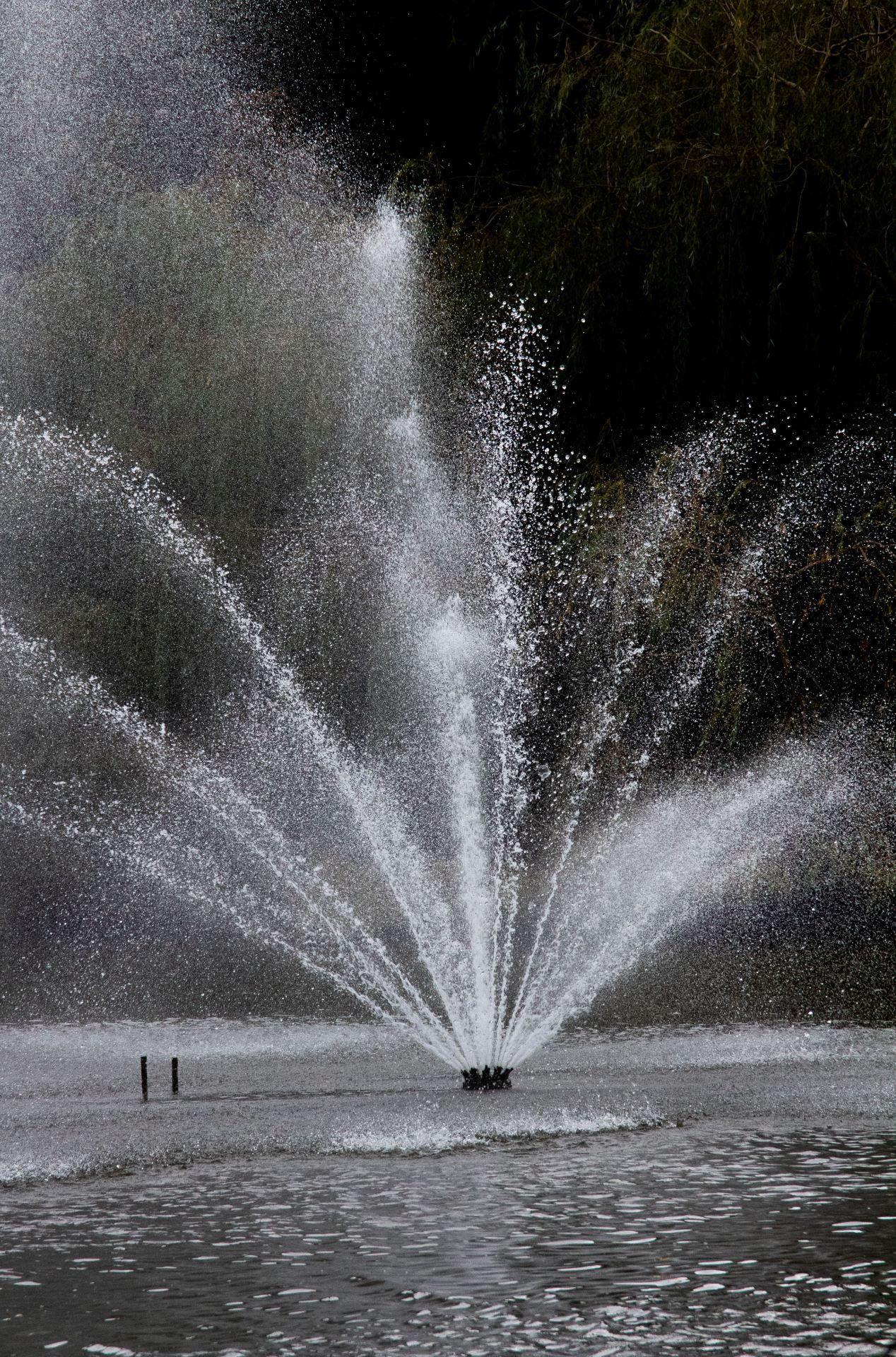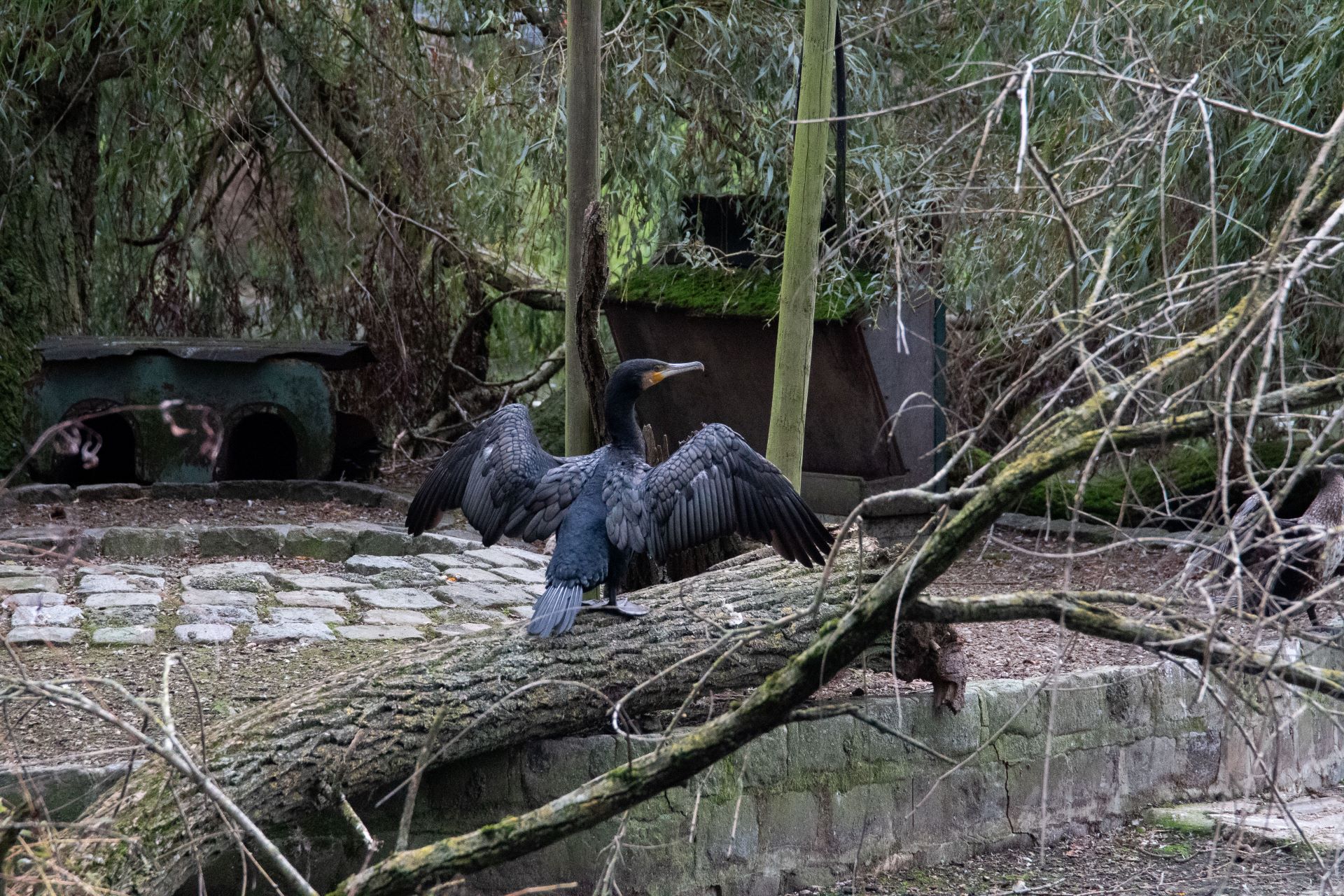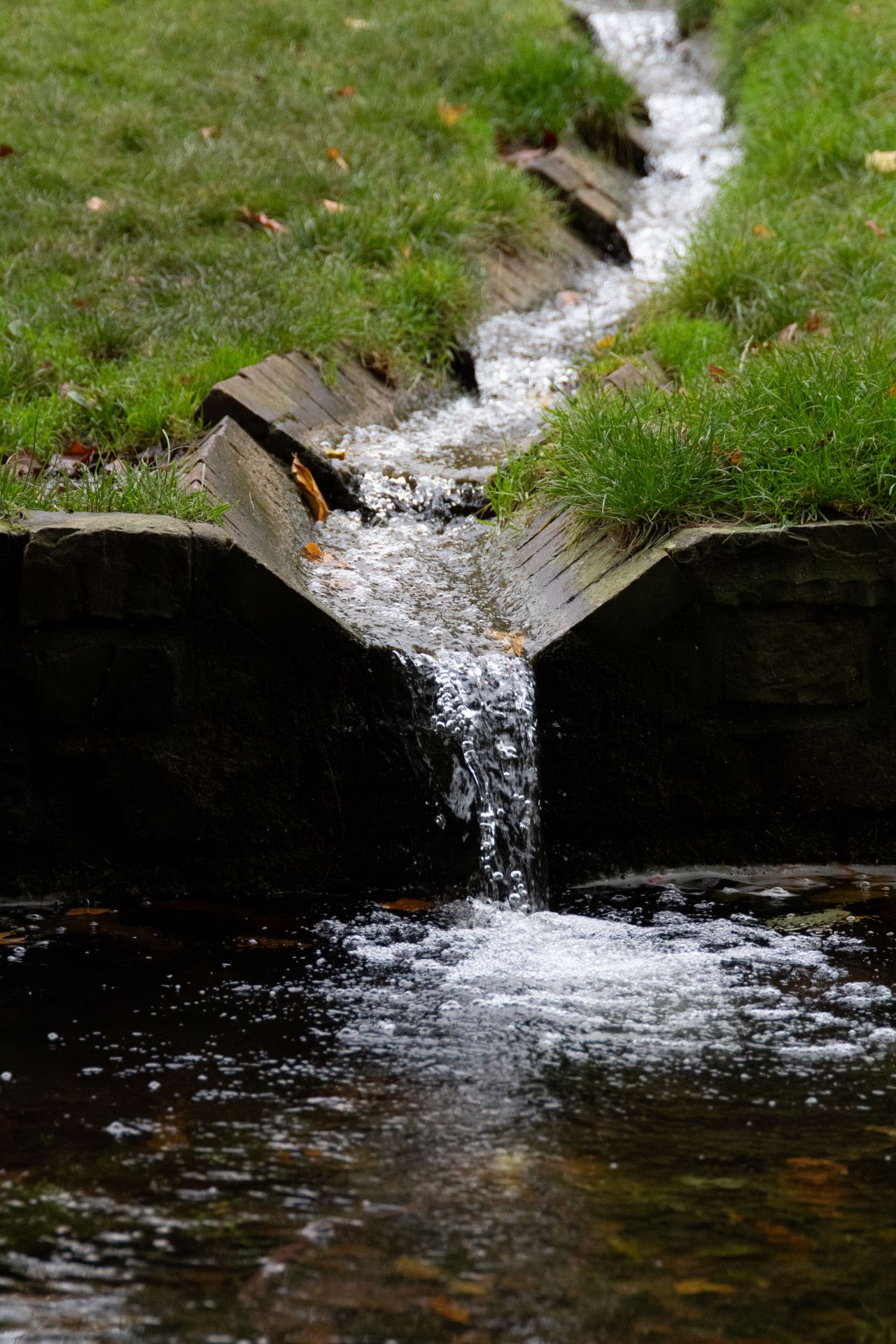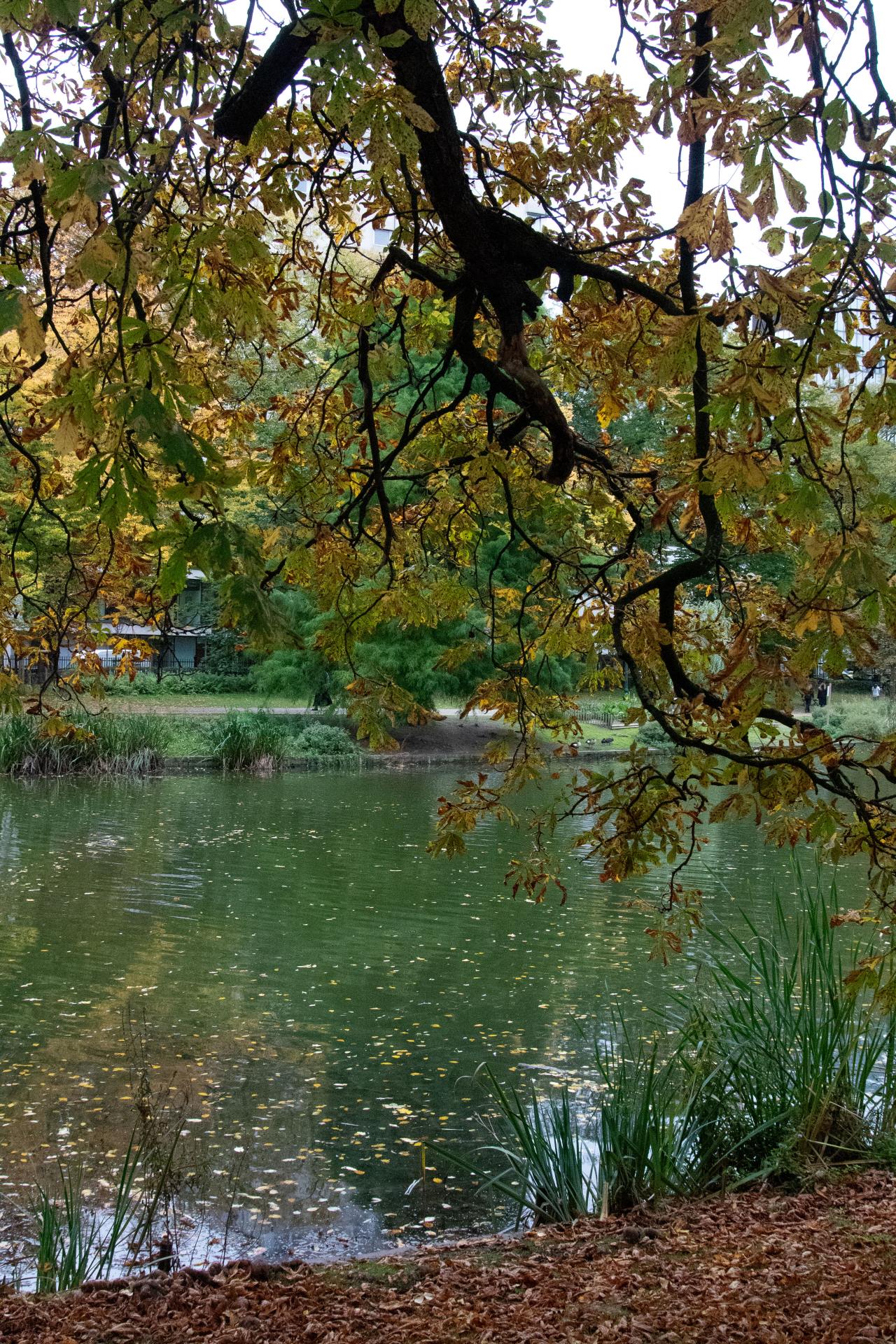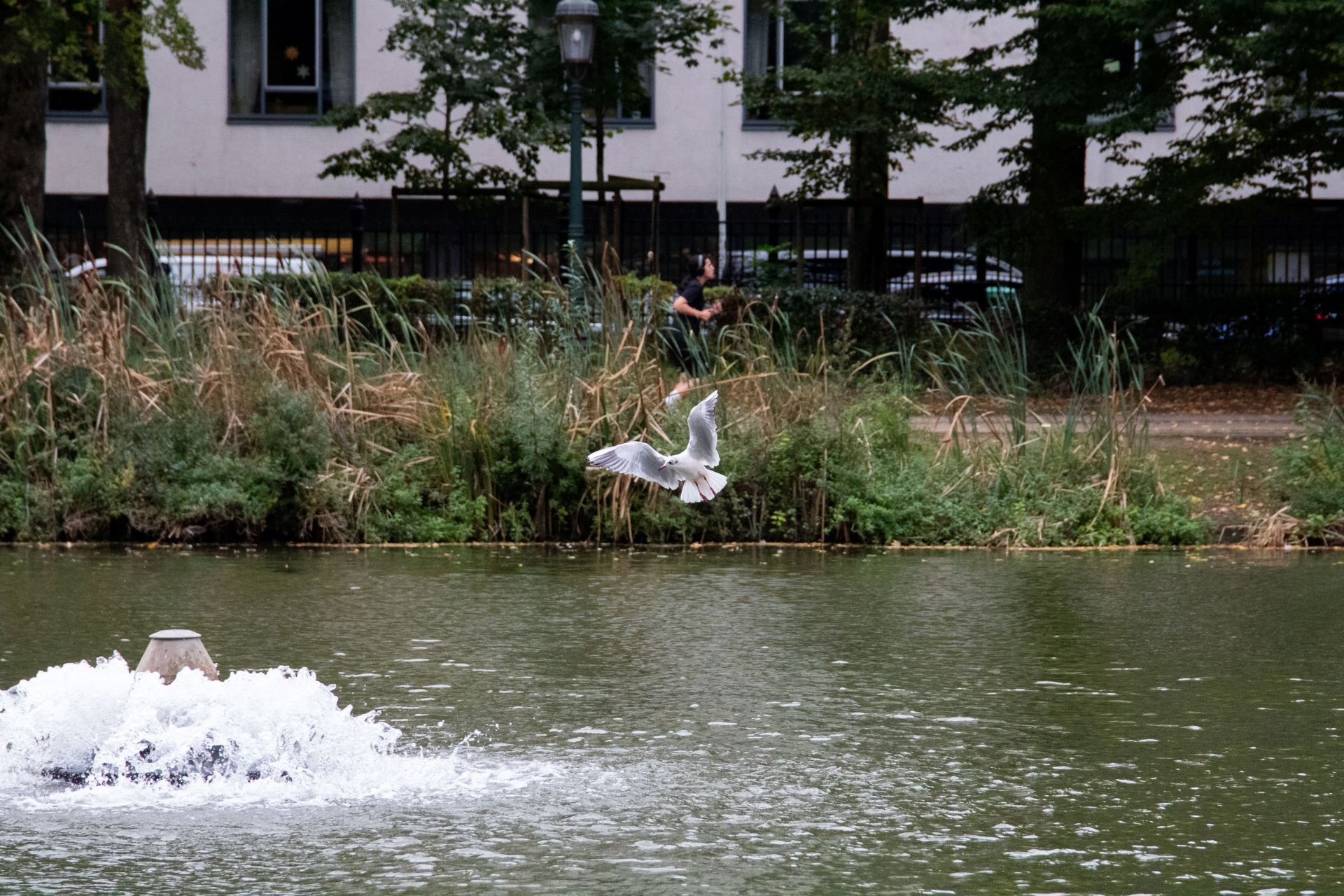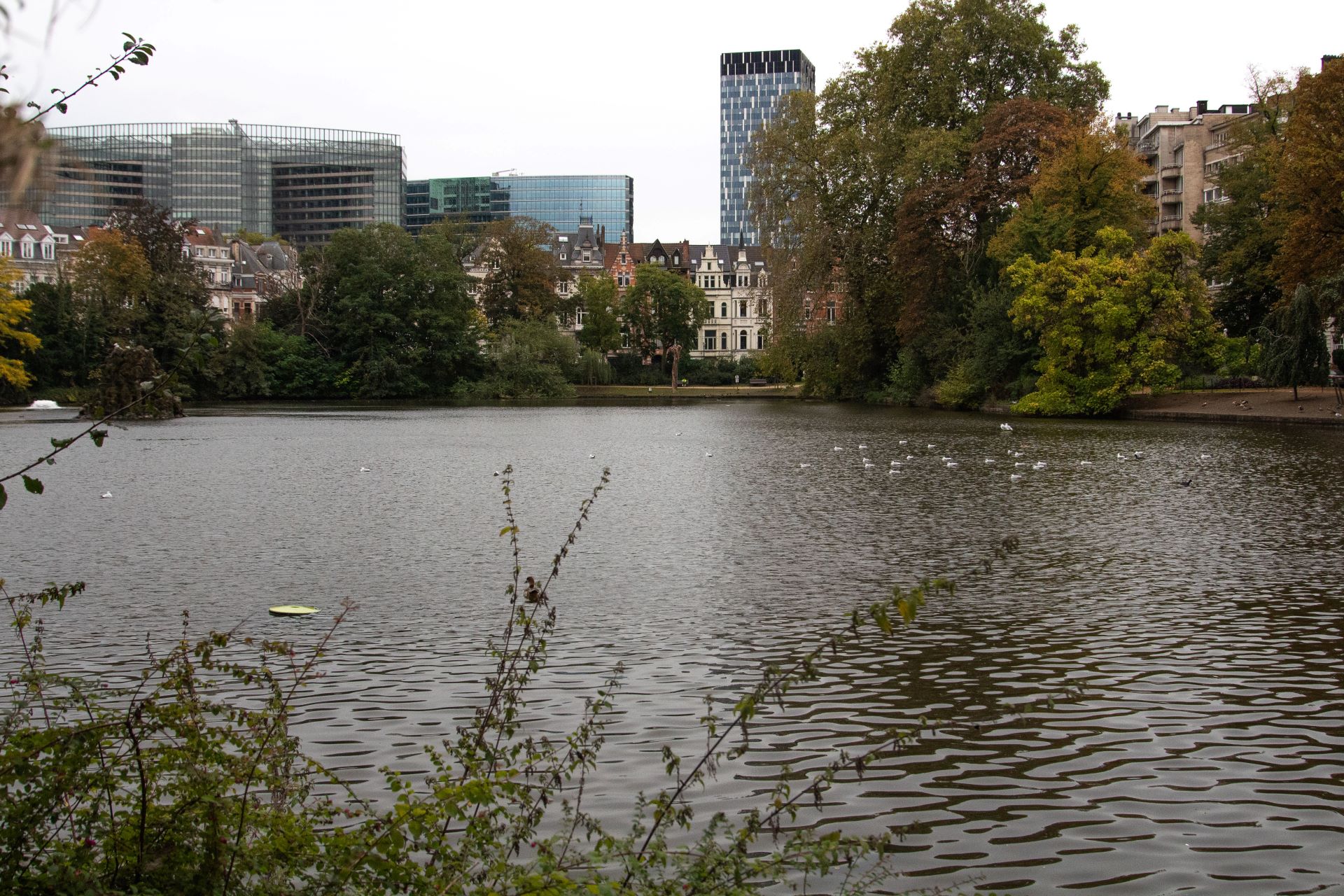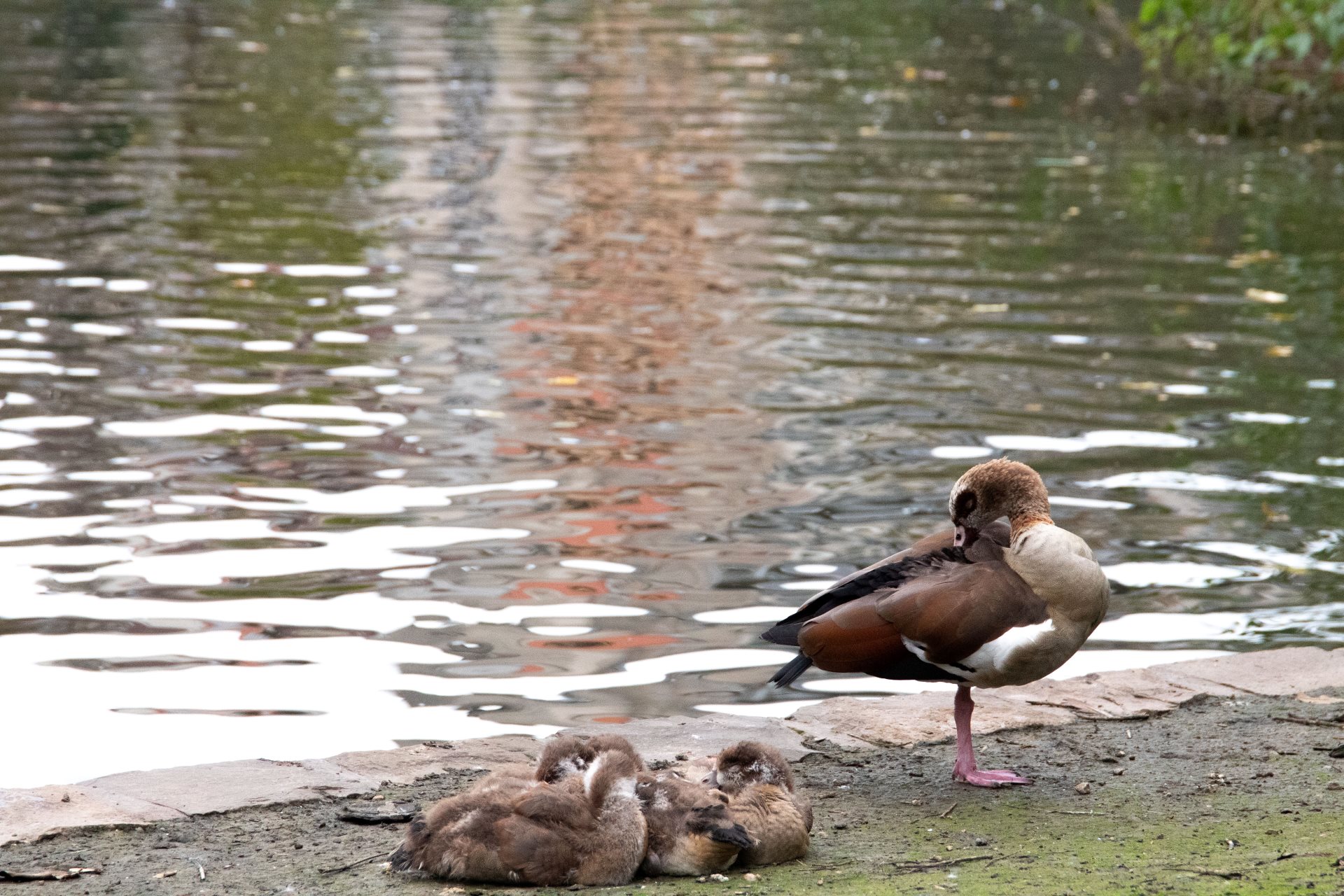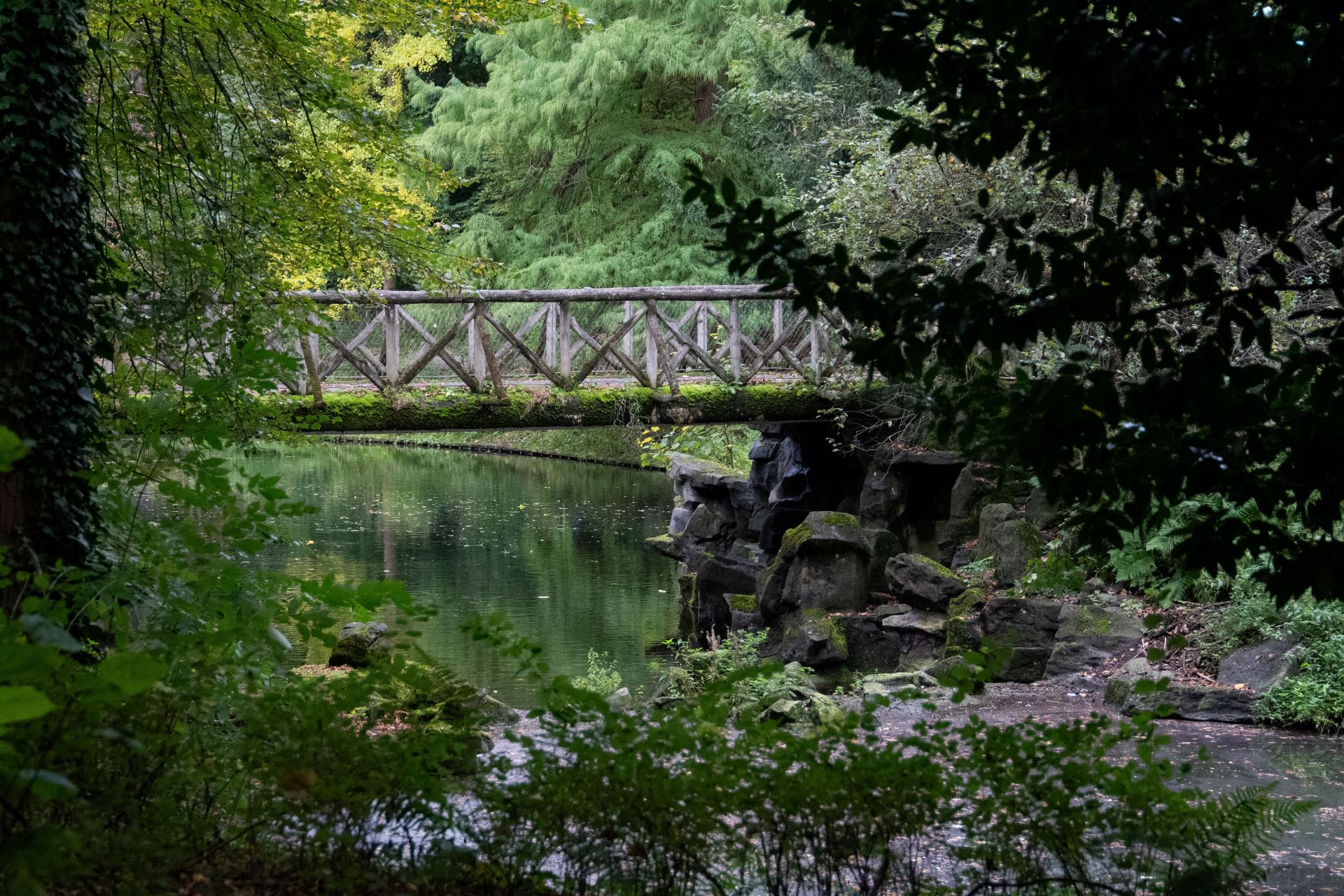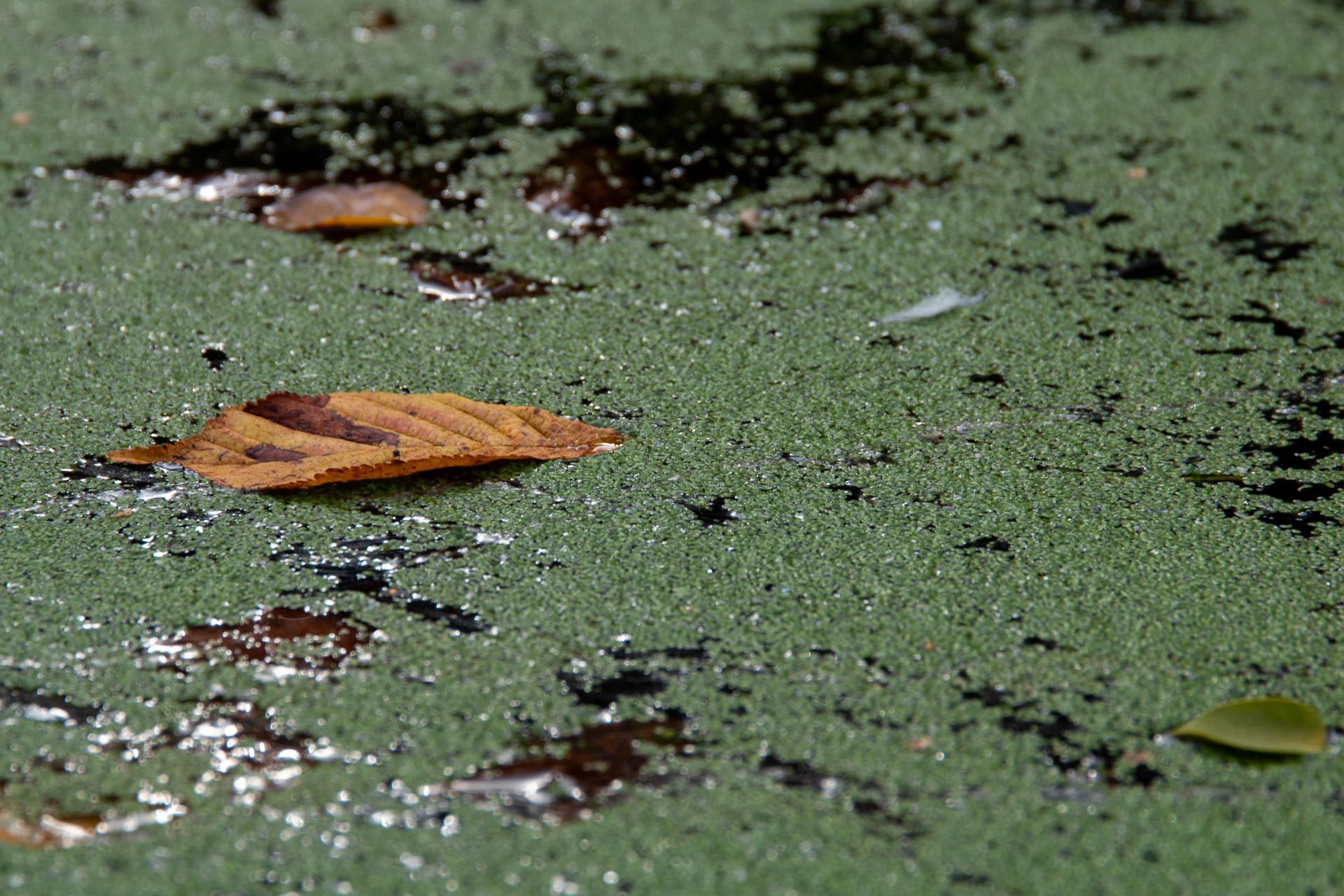The Maelbeek River once connected 58 ponds throughout Brussels, after being vaulted and dried up only 6 of the original ponds remain.
Connecting 58 ponds, the Maelbeek was a stream that flowed through Brussels. These ponds were used for fishery production and for irrigating many surrounding agricultural lands. As urbanization became increasingly popular in the early nineteenth century, the stream and ponds were heavily impacted. The waterways were used as an open sewage system, which resulted in intense health issues for the people living nearby. As issues from the open sewage system grew, multiple projects were started to combat the rising health issues caused by the stream. Along with health issues, the Maelbeek River would frequently flood during heavy rains.
In 1872, the Maelbeek River was vaulted, drying up the majority of the water system. Today, only 6 of the original 58 ponds remain. The area along what once was the Maelbeek River has become nearly completely urbanized. The ponds that remain include the pond at La Cambre Abbey, the two Ixelles Ponds and the ponds at Leopold Park, Marie-Louise Square, and Josaphat Park. They now offer a ‘natural’ escape within the bustling city of Brussels.
